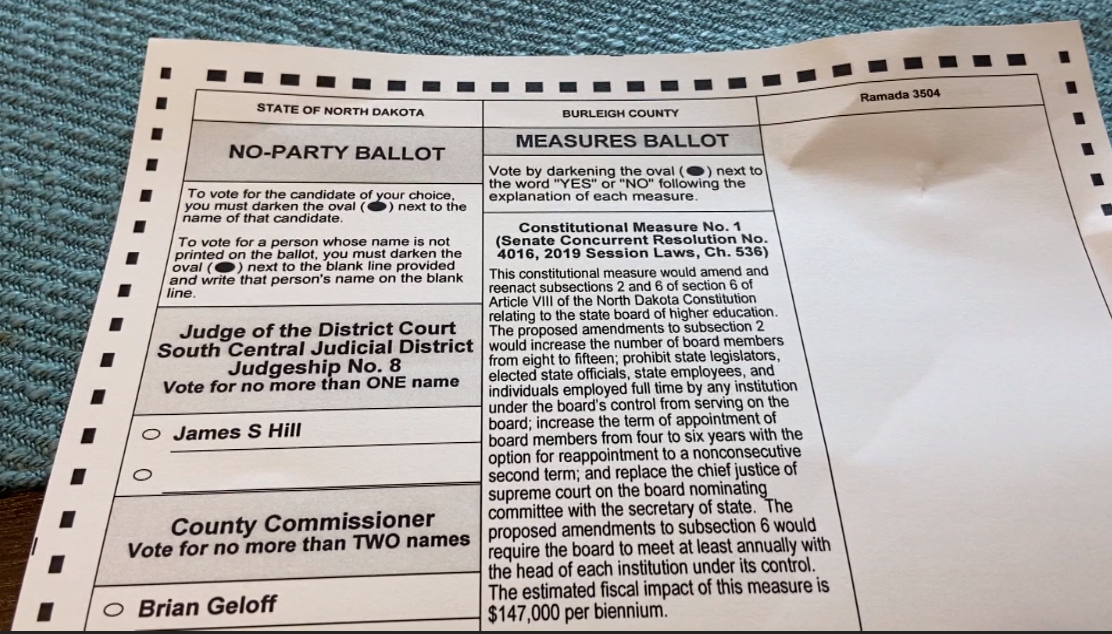Ballots are now trickling into mailboxes statewide for the roughly 170,000 people who requested to vote absentee. While there’s been debate over Measure 3, which was taken off the ballot, and Measure 2, which is on the ballot, there hasn’t been much talk over Measure 1.
Measure 1 was put on the ballot by the legislature after it passed the Senate in 2019. If majority of voters select “yes,” it will significantly alter the makeup of the State Board of Higher Education.
Among the biggest changes — it would nearly double the number of board members from 8 to 15, increase their term length from four to six years and prohibit elected officials from serving on the board.
“Board members were overworked, the task was too much, too overwhelming, so our solution was to increase the board members so they would have more time and availability to work in subcommittees,” a lawmaker said last legislative session prior to the passage of Senate Concurrent Resolution No. 4016.
Sen. Joan Heckaman introduced the measure alongside five other lawmakers.
“They are not hired full-time. They are not employed full-time, and that makes it very difficult for some of the work to get done,” the Democratic Senator from New Rockford said. “Expanding the board gives them the opportunity to actually get into the campuses themselves.”
Not everyone agrees with the expansion, including Erica Solberg who holds the sole student seat on the board.
“Our voice, if the measure is passed, is cut in half,” Solberg, a senior at North Dakota State University majoring in political science and business administration, said. “There’s not a doubling of the student position, so I think that’s very troubling to see with this measure.”
Solberg says other students agree with her.
“I’m in contact with the student body presidents at each of the 11 institutions, and unanimously what I keep hearing is they don’t want the board to double they don’t want their voice to be diminished,” Solberg said.
Sen. Donald Schaible says the idea got started when Gov. Doug Burgum introduced a bill to change the state’s governance system of higher education.
“It was started in the House and was met with quite a bit of resistance, and it was to create a board for NDSU, UND and then a separate board for the rest of the colleges,” Schaible said.
But instead of separate boards, lawmakers eventually settled on expanding the size of the single board, with the hope that the increase would allow members to specialize and form subcommittees.
As for the student seat, Schaible says there was even discussion about eliminating his or her vote entirely.
“We obviously think that the student voice is very important, but when you’re on a board of this magnitude and this size, it takes more than a year or two to even become acclimated and do a good job,” Schaible said.
If passed, the measure would go into effect June of 2021. The measure also comes with a price tag: $147,000 every two years, which is meant to cover the additional travel expenses involved with having more people on the board visit campuses.


















